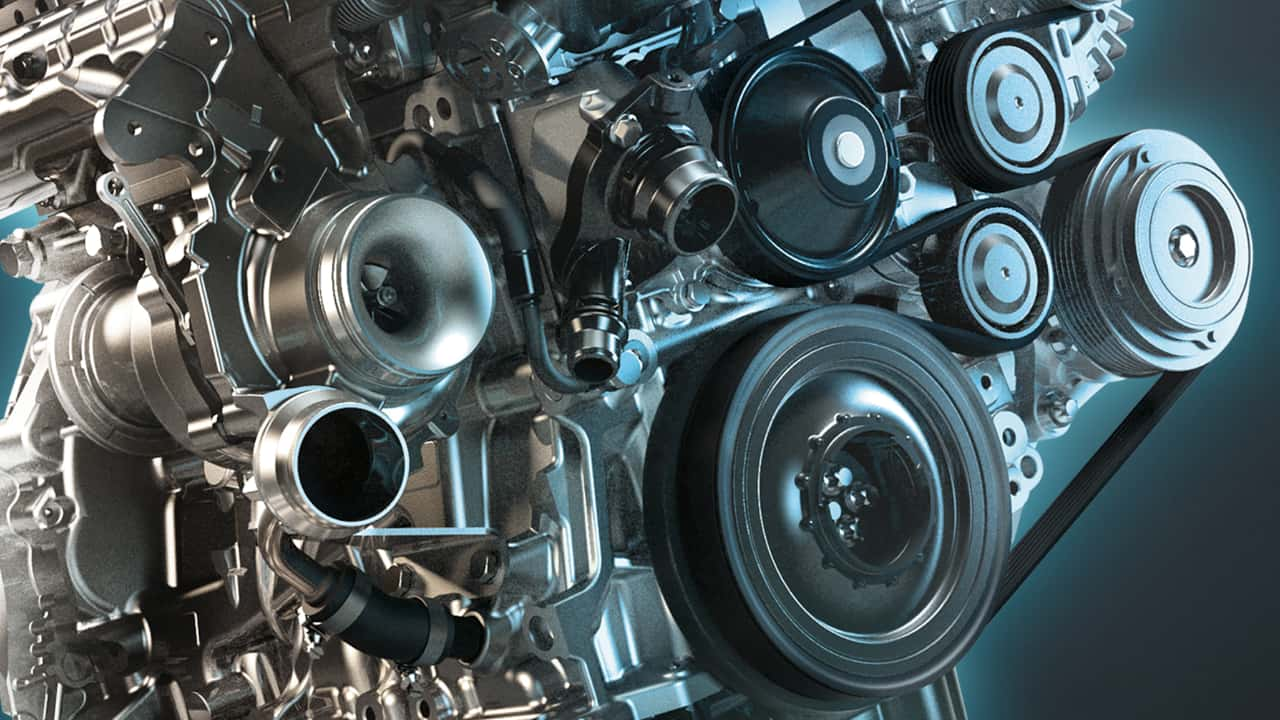- Arabic
- French
- Russian
- Spanish
- Portuguese
- Turkish
- Armenian
- English
- Albanian
- Amharic
- Azerbaijani
- Basque
- Belarusian
- Bengali
- Bosnian
- Bulgarian
- Catalan
- Cebuano
- Corsican
- Croatian
- Czech
- Danish
- Dutch
- Afrikaans
- Esperanto
- Estonian
- Finnish
- Frisian
- Galician
- Georgian
- German
- Greek
- Gujarati
- Haitian Creole
- hausa
- hawaiian
- Hebrew
- Hindi
- Miao
- Hungarian
- Icelandic
- igbo
- Indonesian
- irish
- Italian
- Japanese
- Javanese
- Kannada
- kazakh
- Khmer
- Rwandese
- Korean
- Kurdish
- Kyrgyz
- Lao
- Latin
- Latvian
- Lithuanian
- Luxembourgish
- Macedonian
- Malgashi
- Malay
- Malayalam
- Maltese
- Maori
- Marathi
- Mongolian
- Myanmar
- Nepali
- Norwegian
- Norwegian
- Occitan
- Pashto
- Persian
- Polish
- Punjabi
- Romanian
- Samoan
- Scottish Gaelic
- Serbian
- Sesotho
- Shona
- Sindhi
- Sinhala
- Slovak
- Slovenian
- Somali
- Sundanese
- Swahili
- Swedish
- Tagalog
- Tajik
- Tamil
- Tatar
- Telugu
- Thai
- Turkmen
- Ukrainian
- Urdu
- Uighur
- Uzbek
- Vietnamese
- Welsh
- Bantu
- Yiddish
- Yoruba
- Zulu
Sep . 23, 2024 23:59 Back to list
Understanding Various Types of Timing Belts for Engine Performance and Durability
Understanding Timing Belt Types An Essential Guide
Timing belts play a crucial role in the operation of many internal combustion engines, synchronizing the rotation of the crankshaft and camshaft to ensure that the engine's valves open and close at the correct times during each cylinder's intake and exhaust strokes. This synchronization is vital for optimal engine performance, and there are various types of timing belts used in different applications. Understanding these types can help car owners, mechanics, and automotive enthusiasts make informed choices when it comes to maintenance and repairs.
Understanding Timing Belt Types An Essential Guide
Another notable type is the Hight Performance Timing Belt. Typically made from advanced materials such as polyurethane or nylon, these belts are designed for high-performance vehicles and racing applications. They can withstand higher temperatures and stresses, offering better performance at high RPMs. Performance enthusiasts often prefer this type of timing belt since it can enhance the engine's efficiency and overall performance.
timing belt types

Double-Sided Timing Belts are another variant, featuring teeth on both sides of the belt. These are particularly useful in applications where space is tight, allowing for multiple pulleys to be driven by a single belt. They are often found in vehicles with more complex engine layouts or in machinery where synchronized rotation is imperative for efficient operation.
Chain Timing is an alternative to belt systems. While not a belt, it's worth mentioning due to its growing popularity in certain applications. Chains tend to last longer than belts and require less frequent replacement. However, they can be noisier and heavier, which can impact engine performance. Some automotive manufacturers opt for chains in their engines to minimize maintenance needs.
When selecting a timing belt, it is also essential to consider the specific requirements of the vehicle, including engine type, power output, and operating conditions. Regular inspection and replacement of timing belts are critical, as a failing belt can lead to severe engine damage.
In conclusion, understanding the different types of timing belts can significantly impact the maintenance and performance of a vehicle. From standard fiberglass reinforced belts to high-performance options and double-sided variants, the right choice depends on specific engine requirements and performance goals. For car enthusiasts and everyday drivers alike, being informed about timing belt types is key to keeping their engines running smoothly and efficiently.
-
Korean Auto Parts Timing Belt 24312-37500 For Hyundai/Kia
NewsMar.07,2025
-
7PK2300 90916-T2024 RIBBED BELT POLY V BELT PK BELT
NewsMar.07,2025
-
Chinese Auto Belt Factory 310-2M-22 For BMW/Mercedes-Benz
NewsMar.07,2025
-
Chinese Auto Belt Factory 310-2M-22 For BMW/Mercedes-Benz
NewsMar.07,2025
-
90916-02660 PK Belt 6PK1680 For Toyota
NewsMar.07,2025
-
drive belt serpentine belt
NewsMar.07,2025

